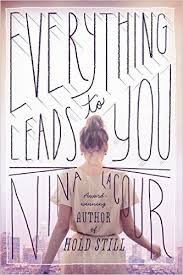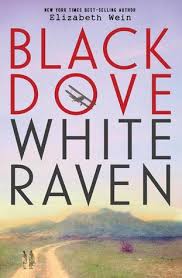 One Crazy Summer, by Rita Williams-Garcia (New York: Amistad, 2010)
One Crazy Summer, by Rita Williams-Garcia (New York: Amistad, 2010)
When sisters Delphine, Vonetta, and Fern travel from New York City to Oakland to visit Cecile, their estranged mother, they are not sure what to expect. They certainly don’t expect to find a reclusive poet and artist who dismisses the girls daily to attend a summer camp run by the Black Panthers and walk the streets of Oakland unsupervised. Delphine, the oldest and the narrator, spends the novel assuring the girls’ safe return to New York while keeping Vonetta and Fern entertained and well fed. She also longs to know why their mother abandoned them in the first place. The greatest strength of the narrative lies in the sisters, their interaction with each other, their individual personalities, and how they each change over the course of the summer. A surprisingly light exploration of race, culture, and family relations in late 1960s San Francisco Bay Area, One Crazy Summer is a novel that is full of heart and in which Williams-Garcia gracefully toes the line between a happy and a realistic ending.
One Crazy Summer has been receiving a lot of Newbery buzz, which is one of the reasons I chose to read it in the first place. I’m not about to have a replay of last year when When You Reach Me won and I hadn’t even read the thing. Always good to cover your bases. What I enjoyed most was the relationship between the three sisters. Being from a family of all girls myself (there are 5 of us!), I saw in Delphine, Vonetta, and Fern the same dynamics I had with my sisters. They also seemed to follow the family-order stereotypes: Delphine, the oldest, is responsible, protective of her younger sisters, and at risk of growing up before her time; Vonetta is the typical middle child, starving for attention and creating drama to have people look at her; and Fern, the baby, is more carefree, sassy, and not afraid to stick up for herself. Granted the characters are, thankfully, more complex than these trite descriptions, but I am undecided how I feel about the girls fitting into the psychological family-order catagories so neatly. Does this lend a sense of realism? Obviously I saw my family in their interactions and personalities. But I also think an author may fall into the trap of making characters too stereotypical. I could somewhat predict that Delphine would at some point get the “don’t grow up too fast” talk from her mother and that Fern would have to let go of some of her childish tendencies (like losing her doll and getting over it).
Speaking of Fern’s doll, Miss Patty Cake, did anyone else catch the reference to The Bluest Eye? Miss Patty Cake is white and Crazy Kelvin points out to her that her doll does not look like her: “Are your eyes blue like hers? Is your hair blond like hers? Is your skin white like hers?” (66). Luckily Fern is not as consumed as Pecola Breedlove with her doll’s appearance and does not base her own self-worth on how her doll looks. However, I thought it was a nice connection and apt for the themes of the book.




